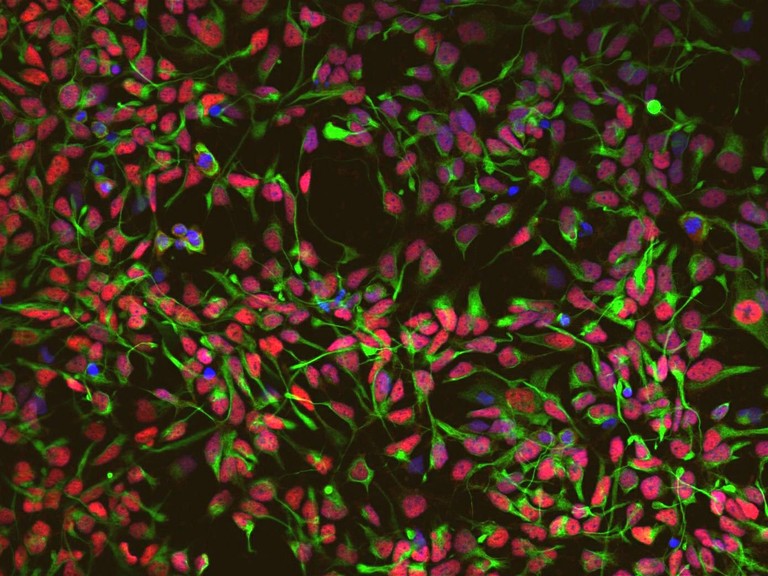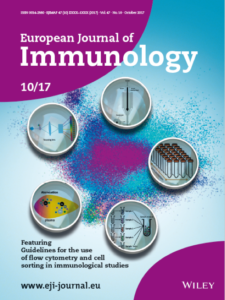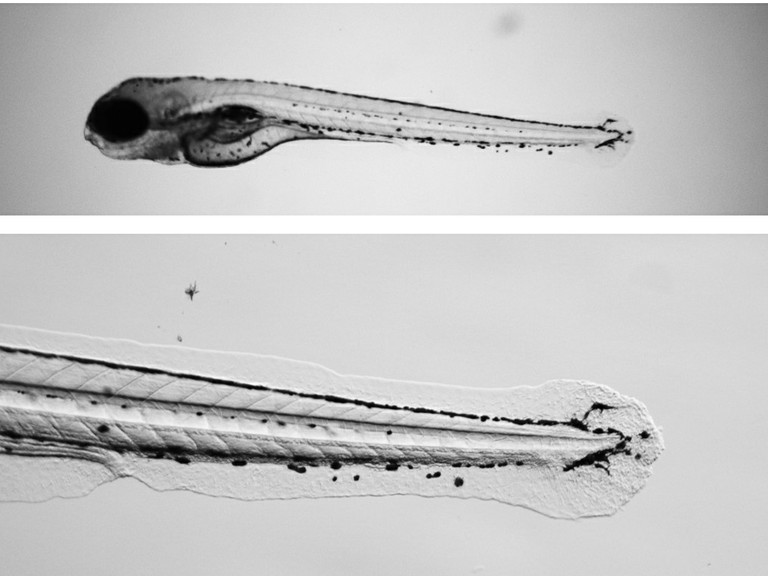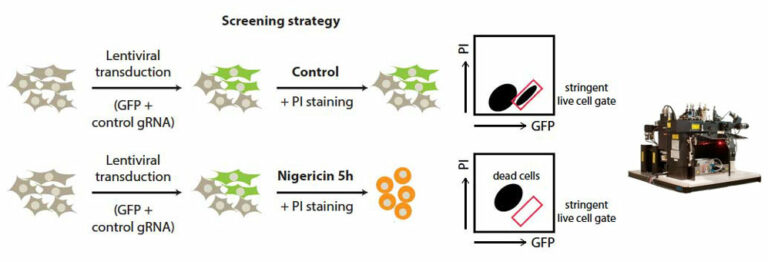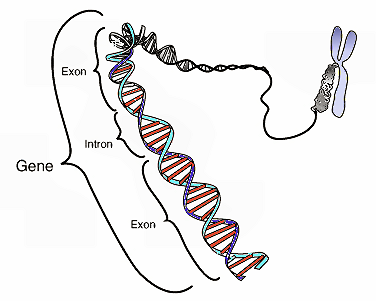The fountain of youth, at least for some cells
Recent reports suggest that somatic cell-derived induced neurons (iNs), but not induced pluripotent stem cell (iPSC)-derived neurons largely preserve age-associated traits such as age-specific DNA methylation patterns, transcriptomic aging signatures and nuclear lamina-associated changes. Michael Peitz, manager of the Cell Programming Core Facility, co-directed a study which adressed a key question: Are age-associated epigenetic and transcriptional…

